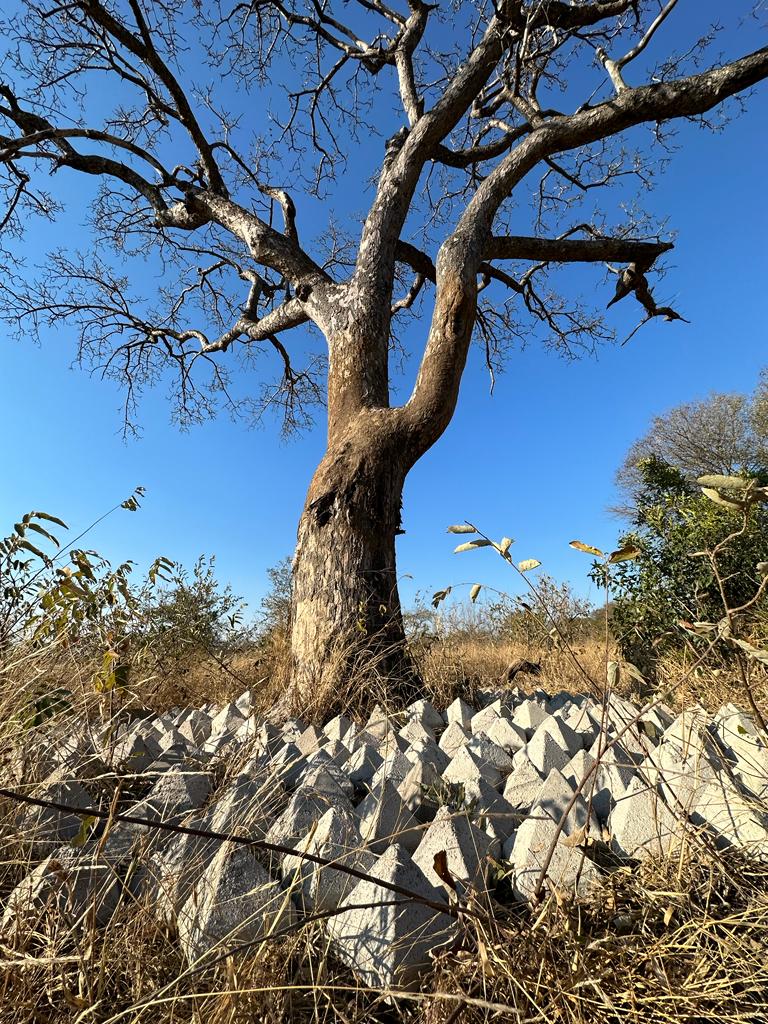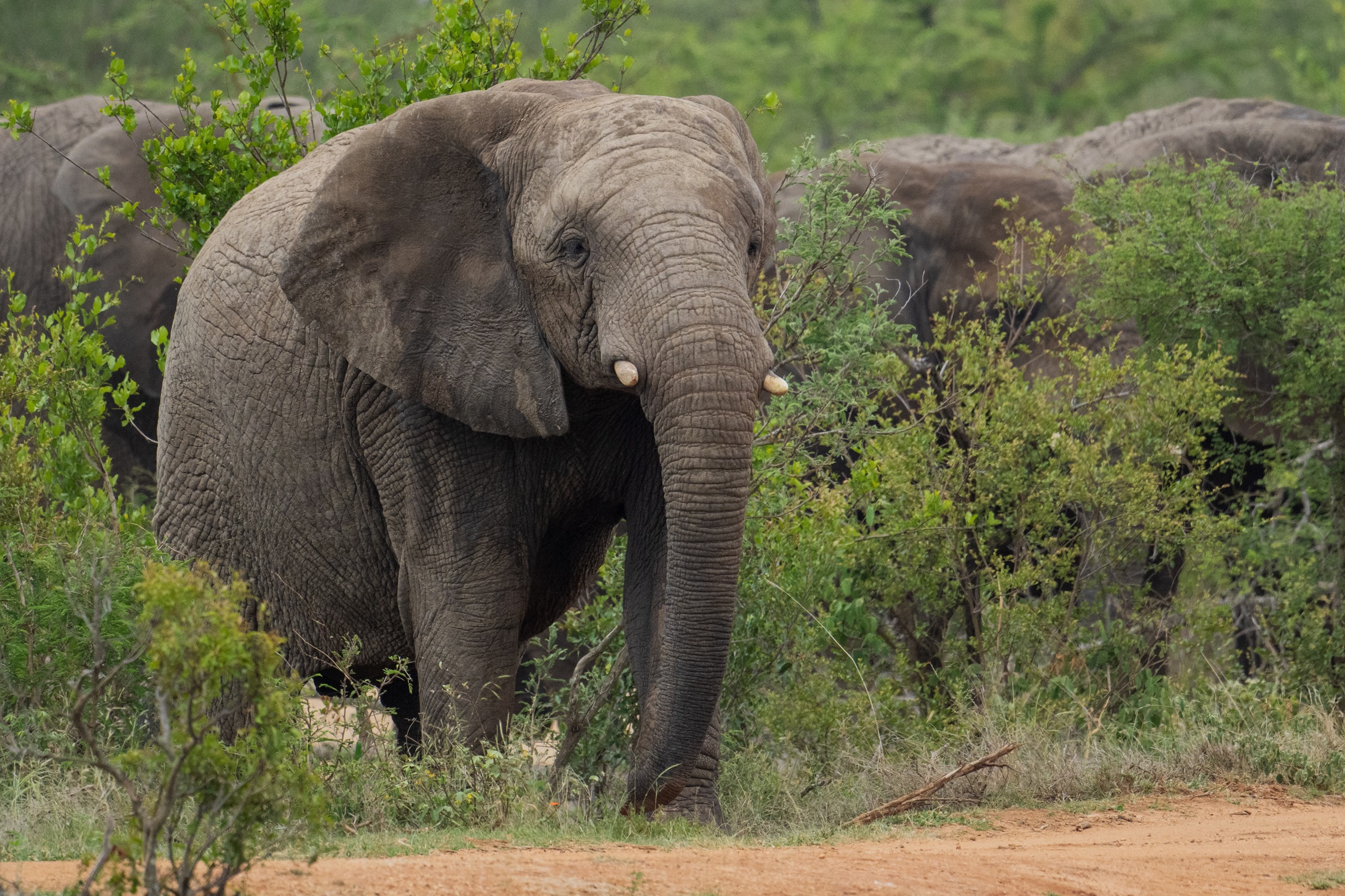Home is where the heart is.
But it’s also a place of survival, one of the essential needs of both humans and animals. Elephants rely on the health of their home environment for their own health as individuals and as a herd. For their very existence. As we work to protect the herd of elephants in our care and provide a safe haven for orphans, we have to consider the land that homes them and gives them the ability to roam, feed, live, play, and swim as elephants are meant to. We have to consider overgrazing and climate change, the effect of our dry, dry winters, and the other populations of wildlife in our reserve.
To carry out our vital land restoration projects, we need funds to cover the cost of indigenous trees, compost, tools, machinery, labour, and other supplies.
You can support our campaign, HELP SAVE AN ELEPHANT’S HOME here >
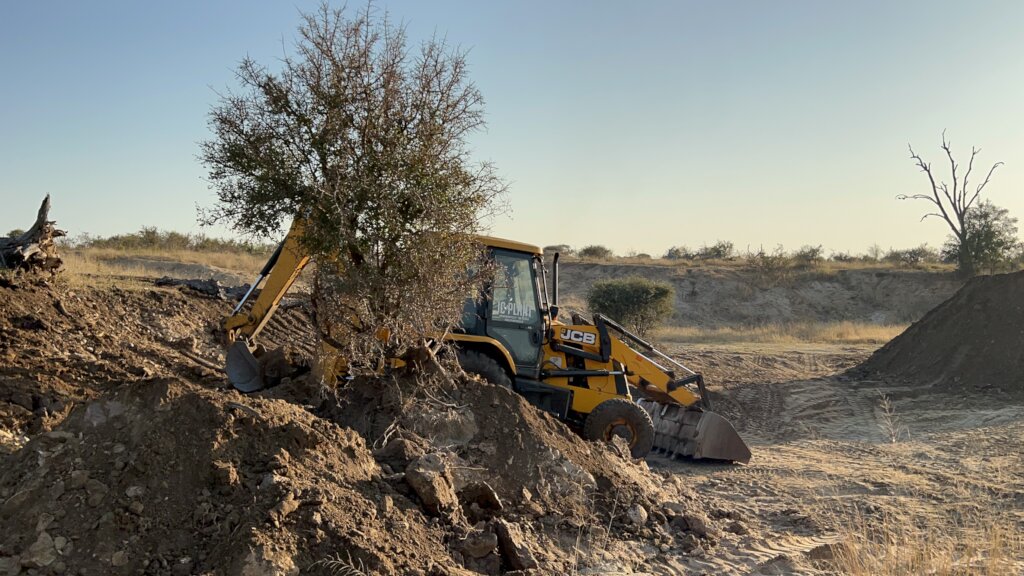
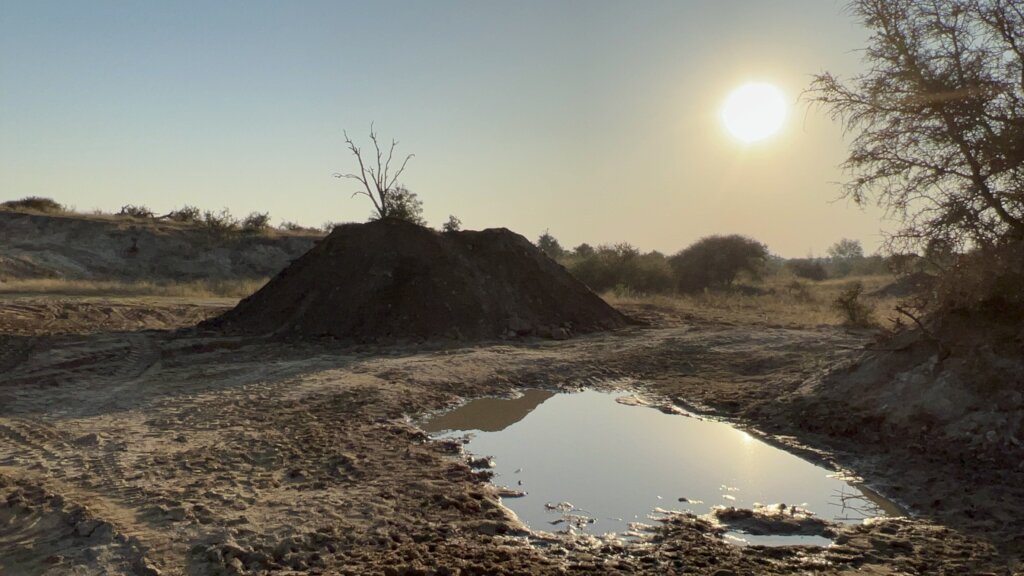
What is HERD doing to protect the elephants’ home?
What’s especially important for us is reducing and preventing the environmental impact of the rescued elephants on the land around the orphanage and homestead – since this is the area that they traverse the most, it is the most damaged in the process.
In Phase 1 of our land project, we restored 50 hectares of land. Read more about what we’ve been up to in Phase 2 here > and below.
To let just one year pass without restoring the land the elephant’s traverse can be extremely detrimental to the environment.
We have planted 990 cement pyramids around key tree species at one of the dams in the reserve, known as Egyptian Goose Dam and in the areas where we have planted new trees. This has proven to be effective in curbing the debarking of trees by the wild elephants.
Continued erosion control is being carried out through the filling of erosion gullies with leftover elephant feed and dung from the homestead. These areas are showing a vast improvement. New regrowth is expected as the rains return toward the end of the year.
We are busy with our brushpacking endeavours, especially in overgrazed and high usage areas, giving the soil and seeds much needed time to recover from the constant impact of animals and human movement. We use sickle bush removed from dense areas around the reserve to pack over new seedlings and grass species. This allows them to rejuvenate during the drier periods. With the rainy season gradually approaching, new growth will likely proceed and improve the field conditions greatly.
During this winter season, we have spent a lot of time seeing to the roads in the reserve, and loosening grass clumps, for example, when grading the roads. Our conservation students collect the grass clumps and replant them in areas where there is little to no disturbance. Although brown and dormant for now, once the rains arrive in summer, these clumps will show lush regrowth.
With renovations and maintenance taking place at Jabulani lodge in our reserve, we have plenty of old thatching grass, which we have used as protective layers over the bare soil in areas where needed.
Smaller gabions have been made to prevent unwanted runoff to occur during the rainy season.
We are confident that these extra measures will go a long way in helping us to restore our land and to better look after the elephants’ home.
To all those who have donated to this vital project, thank you for helping the herd and other wildlife in this important way.



 Comment
Comment

